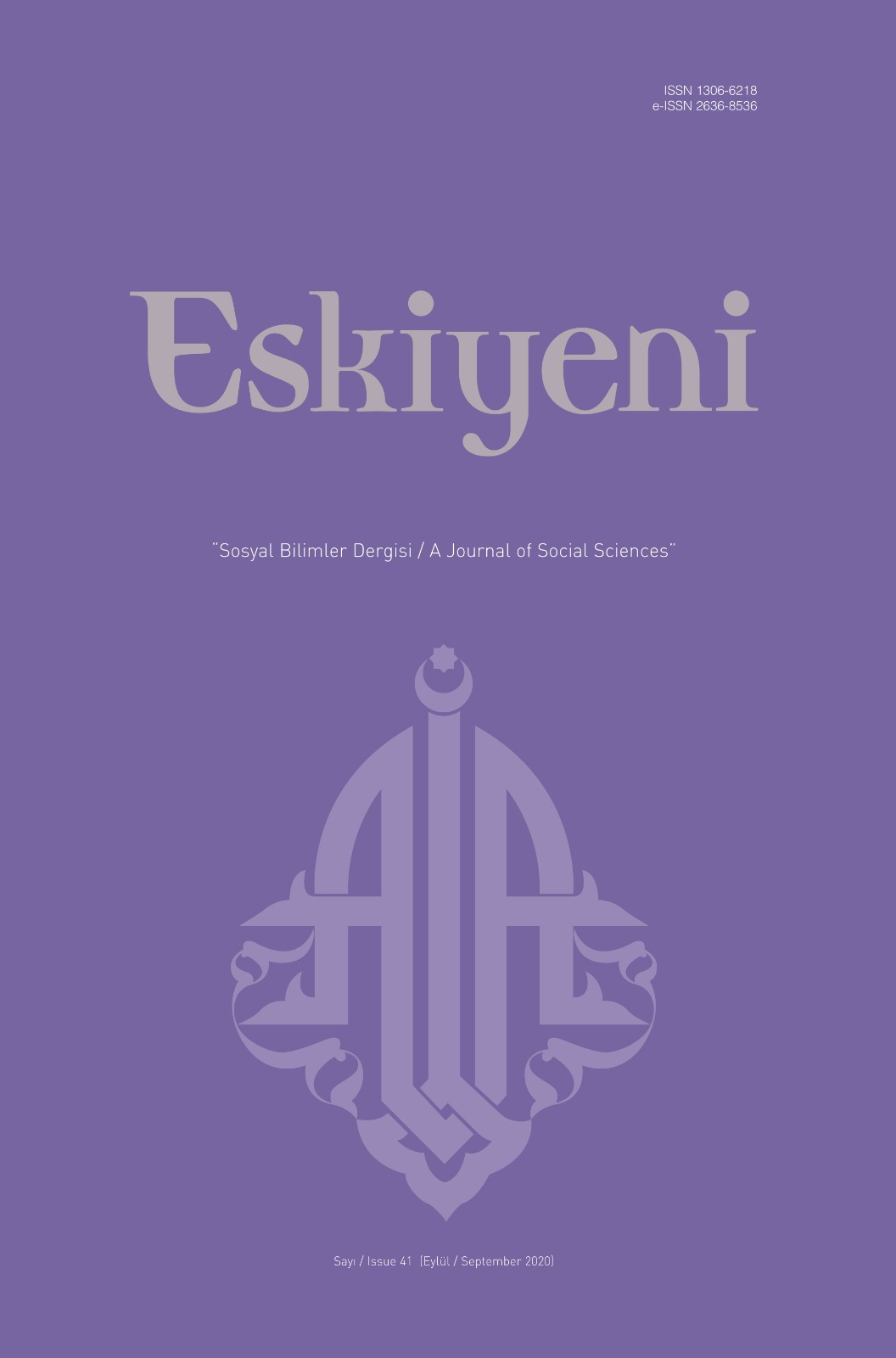Arapçanın Söz Varlığında Renk
Colors in Arabic Lexicology
Author(s): Hasan Selim KIROĞLUSubject(s): Language studies, Islam studies, Lexis
Published by: Anadolu İlahiyat Akademisi
Keywords: Arabic; Word; Existence; Color; Culture;
Summary/Abstract: Colors are one of the most important phenomena allowing the man to recognize the world and communicate with the beings around it. Color is one of the main arguments shaping our world, allowing us to relate to the environment in which we exist, and mediate in perceiving the environment. It is necessary to review the Arabian history, poetry and literature, not only to understand the Arabian perception or Arabian values, but also the old poems of the society in which the Qur’an was revealed. In addition to colors, images and connotations used in ancient Arabic poetry, it is also worth knowing the characteristics of the phenomenon of color in the Arabic culture. We can read the social codes from the old Arabian Jahiliyya period with the phenomenon of color, and thus understand how it affects the Arabian people and society. We believe that one way to understand the Qur’an, which has influenced the world both in terms of religion and in political context, is to understand the old Arabian poetry. Even when viewed only in this way, we see how important colors can be on people and society. When we think that the old Arabian poetry is a result of the cultural accumulation of ancient Arabian peoples, it is understood that the legacy they carry to future generations acts as a bridge. It should be seen that, just as the life format offered by the desert, which is indispensable to the ancient new Arabian peoples, had an effect on the mind, memory and perception of those who live on it, the colors might have such an effect on this life format as well. If it is seen that the means that is called “language” in human life is essential to communication, the same things must be considered for colors. The language is essential for communication, and so is the color. It is known that the means which is called “language” is not only a grammatical series but a mystery turning around the mind, letters and words. Then it turns into a ghost coming out of the mouth and turning into magical expressions, sometimes in the form of a tool that can lead to peace and sometimes war. No doubt, colors are a magical power in the mystery of language. Language and color are like two twins almost intertwined. We must not think colors mute, and language without color phenomenon. The most important message of the Qur’an, which affected Arabs in specific terms and the entire humanity in general, is conveyed in language. They even have special readers for this. When language conveys a message to humanity, it also reveals the coding in the conceptual world of linguistic owners, one of which is the color phenomenon. One of these codes is the color phenomenon. Colors have the potential to create a magical and spiritual effect in them. Based on this, it is useful to examine the cultural structure and the language of a society, and to deal with the concepts related to the color world of that specific society. The cultural codes carrying the past to the future also include the symbolic structures of colors. In Arabian society, it is known that colors include social, religious and philosophical meanings when they describe expressions of time. When the fact that the Qur’an, which was revealed to be understood by a large human population was expressed in the Arabic language, it is seen that the colors in the Arabian society structure are used to express the feelings like sadness, joy, sincerity, charity, which is a means of purpose and agreement in the cultural structure. Because traditional acceptances are at the heart of many of our habits about colors today, it is necessary to argue that it is not right to pass this aspect of the Arabian people. Considering the fact that there are traditional acceptances make up many of our habits regarding colors, it must be argued that this aspect of Arabian people must not be underestimated. These traditions once again demonstrate the value of the information needed to learn when we connect the old to the new. When the language and culture relationship is examined, we also need to consider the color from the cultural codes. In this respect, our article will focus on the cultural codes of language, the perceptions of color of Arabian society from history to our present day, and the political, social, material and spiritual meanings gained by colors in Arabian-Islamic culture.
Journal: Eskiyeni
- Issue Year: 2020
- Issue No: 41
- Page Range: 757-774
- Page Count: 18
- Language: Turkish

